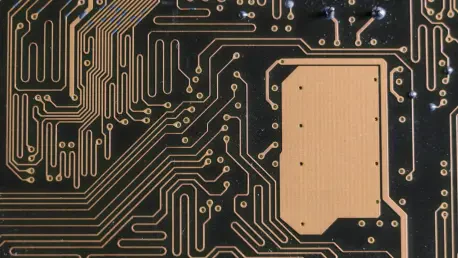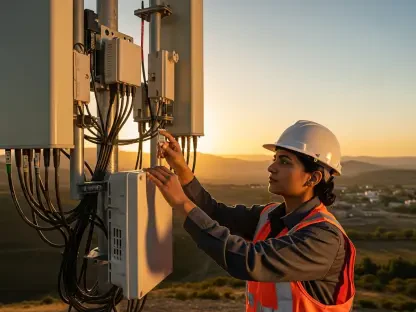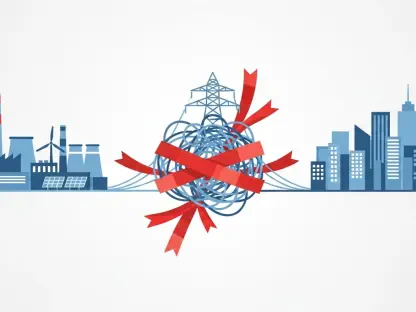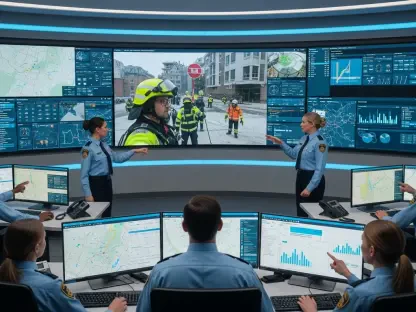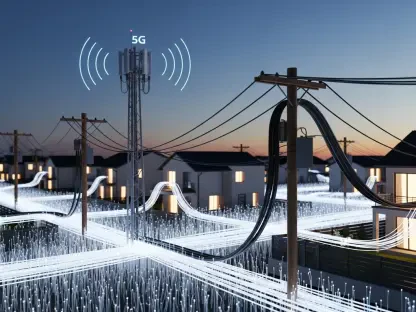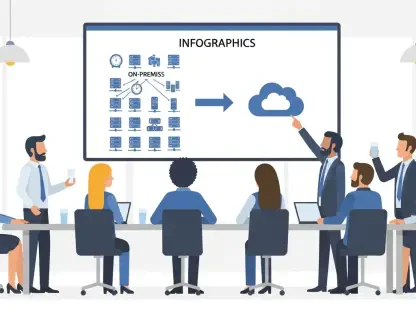As we dive into the pressing issue of network vandalism and copper theft, I’m thrilled to sit down with Vladislav Zaimov, a seasoned telecommunications specialist with deep expertise in enterprise telecommunications and risk management of vulnerable networks. With years of experience navigating the complexities of securing critical infrastructure, Vladislav offers a unique perspective on the growing crisis that threatens connectivity and public safety across the nation. In this conversation, we explore the real-world impacts of these destructive acts, the urgent need for stronger protections, and the broader implications for communities and industries alike. Let’s get started.
Can you walk us through what’s behind this so-called ‘copper threat crisis’ and why it’s become such a critical issue for communities nationwide?
Absolutely, Andrew. The ‘copper threat crisis’ refers to the escalating problem of vandalism and theft targeting telecommunications infrastructure, particularly copper cables and fiber lines. Criminals often see copper as a quick way to make money by selling it as scrap, but in the process, they sever vital connections. This isn’t just about losing internet for a few hours—it’s a major issue because these networks are the backbone of emergency services, healthcare, and everyday communication. I’ve seen cases where entire towns are cut off from 911 services, and the ripple effects are devastating. It’s a crisis because it directly undermines public safety and economic stability in communities across the country.
What are some specific incidents you’ve encountered or heard about that really highlight the severity of this problem?
One incident that stands out is a case in Washington state where vandals ripped out copper cables, accidentally cutting fiber lines in the process. This left thousands of people without access to 911 for hours. Imagine dialing for help during a medical emergency and getting nothing but silence—that’s the reality these communities faced. Another example is in Wyoming, where suspected vandals caused a county-wide 911 outage, racking up tens of thousands of dollars in damages. These aren’t isolated events; they’re part of a growing trend that shows just how vulnerable our networks are and how high the stakes have become.
How do these acts of vandalism affect everyday life for people, beyond just losing a connection?
The impact goes far beyond a dropped call or slow internet. When networks are vandalized, people lose access to critical services—think emergency response like 911, or hospitals unable to pull up patient records during a crisis. Schools can’t conduct online classes, businesses lose transactions, and entire communities are isolated. I’ve seen situations where families couldn’t reach loved ones in an emergency, or small businesses had to shut down for days because they couldn’t process payments. It’s a disruption that touches every aspect of daily life, often in ways people don’t realize until it happens to them.
You’ve described network vandalism as an attack on the lifeblood of our economy and daily routines. Can you elaborate on what that means in practical terms?
Certainly. Our economy and daily lives depend on connectivity—it’s the lifeblood that keeps everything flowing. When vandals cut cables, it’s not just an inconvenience; it cripples essential systems. Businesses lose revenue when they can’t operate online or process orders. Hospitals face delays in accessing critical data, which can be life-threatening. Schools grind to a halt without digital tools, impacting education. These disruptions create a domino effect—lost productivity, delayed emergency responses, and even compromised public safety. It’s a profound hit to how we function as a society, and the costs, both financial and human, are staggering.
Some in the industry have labeled these infrastructure attacks as ‘acts of domestic terrorism.’ Do you think that’s a fair characterization, and why or why not?
I do think there’s merit to that label in certain cases. When an attack on infrastructure deliberately or recklessly cuts off emergency services or disrupts critical systems for thousands of people, it’s more than just vandalism—it’s a direct threat to public safety. Unlike petty crime, these acts can endanger lives, as we’ve seen with 911 outages or impaired firefighter communications during wildfires. The scale and intent behind some of these incidents elevate them to a level of severity that warrants stronger language and, frankly, harsher consequences. It’s about recognizing the true impact on society.
There’s been discussion around legislation like the Stopping the Theft and Destruction of Broadband Act. Why do you believe a new law like this is necessary to tackle the issue?
Current federal laws focus on protecting government-owned communications facilities, but most of our networks are privately owned. This creates a gap where vandals face inconsistent penalties under a patchwork of state laws, often with little deterrence. A bill like this would close that loophole by making willful attacks on private networks a federal crime with serious penalties. It’s necessary because it sends a clear message that these acts won’t be treated lightly, and it provides a uniform framework for accountability. Without it, we’re leaving critical infrastructure—and the communities that depend on it—unprotected.
What steps do you think the telecommunications industry itself should take to better secure these vulnerable networks?
The industry needs to prioritize physical security for infrastructure like fiber lines, substations, and towers. This means investing in better protective measures—think reinforced enclosures, surveillance systems, and tamper-detection technology. Beyond that, there’s a need for stronger collaboration with law enforcement to identify high-risk areas and respond quickly to incidents. I also believe companies should work on redundancy in their networks, so if one line is cut, there’s a backup to keep services running. It’s a costly endeavor, but the alternative—widespread outages and loss of life—is far worse.
How important is public awareness in addressing this crisis, and what role can communities play in preventing these crimes?
Public awareness is crucial. Too often, people see copper theft or cable cutting as a minor nuisance, not realizing it could cut off their own access to emergency services or disrupt their kids’ education. Communities can play a big role by staying vigilant—reporting suspicious activity near infrastructure sites and supporting local efforts to protect these assets. Providers and government agencies should lead education campaigns to highlight that this isn’t a victimless crime; it’s an attack on everyone. When the public understands the stakes, they’re more likely to demand action and help prevent these incidents.
Looking ahead, what is your forecast for the future of network security and the fight against vandalism in the telecommunications sector?
I’m cautiously optimistic, Andrew. If we see stronger legislation, increased industry investment in security, and better coordination with law enforcement, I think we can turn the tide on network vandalism. But it’s going to take a concerted effort—government, industry, and communities all have to step up. My forecast is that we’ll see more sophisticated threats as technology evolves, which means our defenses need to evolve too. I hope in the next few years we’ll have a more resilient infrastructure and a public that’s fully aware of the importance of protecting it. If we don’t act decisively now, though, the costs—both in dollars and in lives—will only keep climbing.
